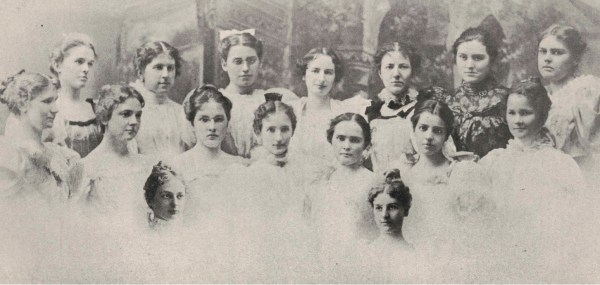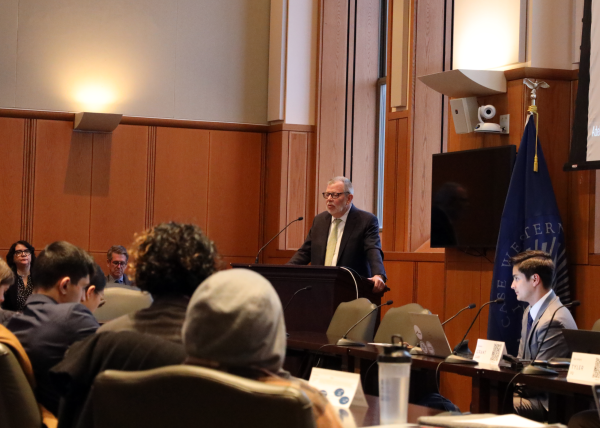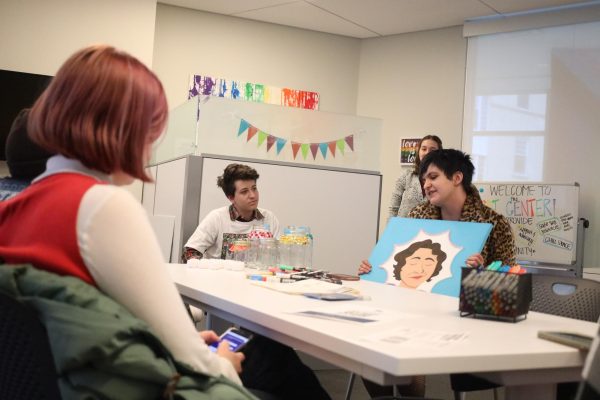Student aims to eliminate residual AIDS virus
For fourth-year biology student Sophia Zweig, a fascination with all things infectious is what led her to pursue involvement in research at the Center for AIDS Research (CFAR) at Case Western Reserve University.
The CFAR was founded in 1994 as a center to promote research on HIV, pathogenesis and virology in addition to clinical trials and trainings. The CFAR at CWRU also maintains a longstanding partnership with Makerere University in Kampala, Uganda.
Zweig became involved with the CFAR during her first year at CWRU in a laboratory led by Principal Investigator Michael Lederman, co-director of the CFAR at CWRU.
During the summer following her third year, Zweig became involved in a research project analyzing the maintenance of HIV reservoirs in immune cells. HIV reservoirs are groups of resting CD4 cells that are infected with HIV and continue to survive in spite of antiretroviral therapy.
“What we’re trying to do is determine which population of immune cells harbors the HIV reservoir,” said Zweig. “If you could eliminate cells that always bring back the virus, you could probably effectively cure HIV [and] you could eliminate the virus for sure.”
According to Zweig, current treatments for HIV reduce the levels of the virus in the blood below the level that is detectable by an assay, which means the virus will still be circulating in the blood.
“We’re comparing proliferating and non-proliferating CD4 T-cells to determine which type has the HIV reservoir,” said Zweig. “There’s some evidence that the proliferating cells maintain the reservoir, but there’s also evidence that they’re not capable of it.”
For three months, Zweig collected over 30 blood samples from HIV-infected patients who received antiretroviral therapy. Then, Zweig helped to create cell cultures, use cytokines to induce propagation of the cells, stimulate the cells to produce HIV and compare them to a group of cells that was not stimulated to proliferate.
The initial analysis involved comparing levels of the virus present in the proliferating and non-proliferating cells using a real-time polymerase chain reaction. The presence of HIV RNA was then quantified into raw data for further analysis.
“We [expected] to see the highest level of virus released from cells without antiretroviral therapy because their levels aren’t being kept down,” said Zweig. “Instead of seeing a difference between the proliferating and non-proliferating cells that were on antiretroviral therapy, they were at similar levels. That was very surprising.”
The final results, according to Zweig, necessitate further inquiry. In the future, the research team would like to replicate the experiment and use a larger sample size to better understand the initial results in addition to using a cancer cell line instead of cytokines to propagate the infected cells.
Although Zweig will be graduating this May, she hopes to continue working in the public health sector and maintain exposure to her interest in infectious disease.

















